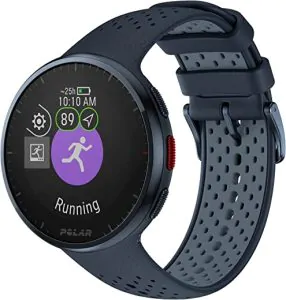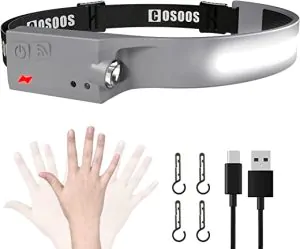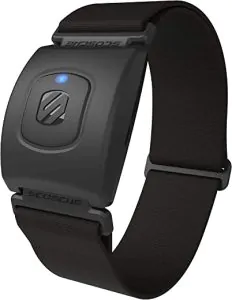We’ve all seen some of the amazing things that can be done with augmented realist. From creating virtual realisty to playing 3D games, there are a range of headsets and applications available, including Google Glass for mobile, and Vuzix for a computer. In early 2010 a team of engineers from Amsterdam, The Netherlands designed a wearable computer concept using virtual reality that was eco friendly, and could be worn on your wrist, as a badge, or in your pocket. While it does not seem as though the HOLO 2.0 will becoming a reality, the concept is still quite cool.
What is the HOLO 2.0
 The HOLO 2.0 is quite simply a wearable computer with a projected virtual reality screen. Rather than relying on a glass over the eyes or even contacts, the HOLO was designed to simply project. The original model could be wrapped around the wrist as a chunky but elegant bracelet that doesn’t even look too much like a piece of technology. It’s functions include using a kinetically charged battery that uses movement to charge, 3G wireless internet that would allow it to connect almost anywhere, and a holographic display (as the name might suggest) that can be used to project a full sized screen into any available space. The concept was also created with a  docking space that would allow the user to work with the HOLO like a regular computer.
The HOLO 2.0 is quite simply a wearable computer with a projected virtual reality screen. Rather than relying on a glass over the eyes or even contacts, the HOLO was designed to simply project. The original model could be wrapped around the wrist as a chunky but elegant bracelet that doesn’t even look too much like a piece of technology. It’s functions include using a kinetically charged battery that uses movement to charge, 3G wireless internet that would allow it to connect almost anywhere, and a holographic display (as the name might suggest) that can be used to project a full sized screen into any available space. The concept was also created with a  docking space that would allow the user to work with the HOLO like a regular computer.
The proposed dimensions were 40mm (length), 20mm (width), 2.5mm (minimum thickness), and 10mm (maximum thickness), and the computer braclet was designed to be flexible so that you could wear it more easily, and put it in your pocket if necessary.
Issues?
There are a lot of issues with this concept which is perhaps why it has not become a reality. First, the HOLO 2.0 charges via kinetic power, but this is relatively difficult to pull off for something that might hardly be moved at all. Alternate power options such as a standard plug in dock would be expected on the computer as well. Another issue is that most people would like to type on something real. Currently our voice recognition technology is far from perfect meaning that there are still issues in even the most expensive of software, our laser and virtual reality keyboards are equally as lacking and while very close to perfection, are not as reliable as most people expect their computer controls to be. Other issues include that this was most likely designed as a simple concept idea, and because it never took off, was never adopted. So, likely you won’t be seeing a HOLO 2.0 by the promised 2015 originally announced on the internet. Instead, you can look to other up and coming wearable tech like Smart Glasses and Contacts which are almost the same thing.

Considering the size of the HOLO 2.0, it would have been more like a tablet then a full size computer. Size restrictions alone limit how much can be done with the technology, although computers are getting smaller and smaller. A smartphone today is more powerful than most computers fifteen years ago, so the HOLO 2.0 would likely have worked as a sufficient option for most people. Despite this, this awesome wearable tech design is just that, a design.























